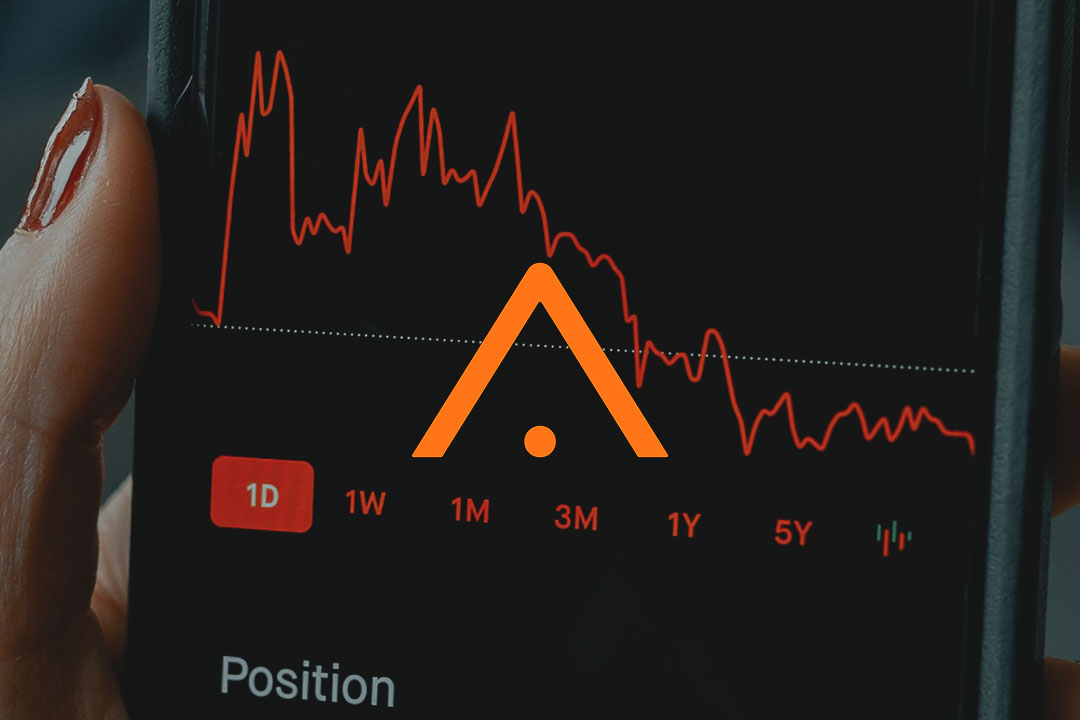API Rate Limits: A Beginner's Guide
 Rory Murphy
Rory Murphy
API rate limits dictate the maximum number of requests you can make to an API within a given time frame.
Why does this matter?
Well, exceeding these limits can result in throttling, delays, or even being blocked from accessing the API altogether!
In this beginner's guide, we'll break down the fundamentals of API rate limits, enabling you to navigate the API landscape with confidence.
From outlining the concept of rate limits to learning how they work and why they're crucial for developers, we've got you covered.
We'll explore strategies for dealing with rate limits, provide real-world examples, and equip you with best practices to optimize your API usage.
Whether you're just starting your API journey or developing your skills, understanding rate limits is key to building reliable applications.
Understanding API Rate Limits
API rate limits act as regulators, governing the frequency and volume of requests a developer can make to an API within a specified timeframe.
These limits are set by API providers to manage server loads, prevent abuse, and maintain overall system stability.
Exceeding rate limits can have detrimental effects on API usage, leading to throttling, delays in response times, or even temporary or permanent bans from accessing the API.
This can disrupt application functionality, degrade user experience, and hinder productivity.
Understanding this is crucial for developers to appreciate the balance between providing access and preserving system integrity.
By adhering to rate limits, developers demonstrate responsible API usage, fostering a healthy ecosystem of mutually beneficial interactions.
How API Rate Limits Work
Rate limiting is typically enforced through mechanisms at the server-side, where requests are monitored and regulated based on predefined thresholds.
These thresholds include limits on the number of requests allowed within time intervals, such as requests per minute or hour.
There are different types of rate limits that API providers may implement, depending on their service's requirements and infrastructure capabilities.
These could range from simple rate limits based on the number of requests, to more complex quotas that consider factors like user authentication or subscription tiers.
User authentication, for instance, may grant authenticated users higher rate limits compared to anonymous or unauthenticated users.
This incentivizes users to sign up for accounts and provides a more personalized experience.
Additionally, subscription tiers may offer varying levels of access and rate limits based on pricing plans, with higher tiers unlocking more generous limits and premium features.
The Twitter API enforces rate limits to manage the volume of requests made by developers accessing its platform.
Twitter's rate limiting policies vary based on the type of request and user authentication level, with different endpoints having distinct rate limit thresholds.
For instance, the standard search API endpoint has a rate limit of 180 requests per 15-minute window for authenticated users.
Exceeding these limits results in rate limit exceeded errors, prompting developers to adjust their usage patterns or upgrade to premium tiers for higher rate limits.
Benefits of rate limiting for API providers
Rate limiting plays a crucial role in maintaining the performance and reliability of APIs by preventing overloading and ensuring equitable access to resources.
By enforcing rate limits, API providers can effectively manage the flow of incoming requests.
This prevents servers from becoming overwhelmed and maintains consistent response times for all users.
This helps to mitigate the risk of downtime and service disruptions, ensuring a positive user experience and fostering trust in the API's reliability.
Moreover, rate limits help to promote fair usage of APIs and prevent abuse or misuse of resources.
By imposing restrictions on the number of requests allowed within specific timeframes, API providers can discourage excessive usage.
Otherwise, these requests may strain server resources or compromise system integrity.
This ensures that all users have equal opportunities to access API functionalities and data, regardless of their usage patterns or intentions.
To effectively deal with API rate limits, developers can implement various strategies to optimize resource utilization and minimize the impact of rate limiting on their applications.
These may include implementing caching mechanisms to reduce the frequency of redundant requests, optimizing API usage by batching or consolidating requests, and employing back-off strategies to gracefully handle rate limit exceeded errors.
The GitHub API implements rate limits to regulate access to its platform and ensure fair usage among developers.
GitHub's rate limiting policies are based on authenticated user accounts, with different tiers offering varying levels of access and rate limits.
Developers leveraging the GitHub API may encounter rate limit errors if they exceed the prescribed thresholds.
This necessitates optimizations such as request batching or caching to mitigate the impact of rate limits on API usage.
Best Practices
Robust Error Handling:
Proactively monitor API usage and anticipate rate limit exceeded errors.
Implement comprehensive error logging and circuit breaker patterns.
Utilize exponential back-off strategies for retry attempts.
Optimize API Usage:
Analyse API usage to identify critical endpoints (learn more here).
Implement request throttling and efficient data processing techniques.
Prioritize batch processing and asynchronous methods.
Leverage Caching:
Implement caching at multiple levels and set appropriate expiration policies.
Use caching headers and invalidation mechanisms for data consistency.
Monitor cache performance metrics for optimization.
Prioritize Endpoint Access:
Assess and prioritize endpoints based on criticality.
Allocate API calls proportionately to high-priority endpoints.
Implement dynamic rate limit allocation strategies.
Monitor and Alert:
Deploy robust monitoring solutions to track API metrics.
Set up proactive alerts for rate limit breaches.
Configure automated response mechanisms for remedial actions.
Conclusion
In conclusion, understanding API rate limits is essential for developers to ensure optimal API usage and prevent disruptions in their applications.
Remember to respect rate limits, handle errors gracefully, and optimize API usage to stay within prescribed thresholds.
For further guidance, explore some of the additional resources provided below on API integration best practices.
Ready to simplify your API integrations?
Contact us at APIDNA by clicking here for a free demo of our new API integration platform, leveraging autonomous agents for seamless integration.
Further Reading
What is API Rate Limiting and How to Implement It
Subscribe to my newsletter
Read articles from Rory Murphy directly inside your inbox. Subscribe to the newsletter, and don't miss out.
Written by

Rory Murphy
Rory Murphy
BSc Computer Science & Artificial Intelligence - University of Sussex I am currently the web developer for APIDNA.



